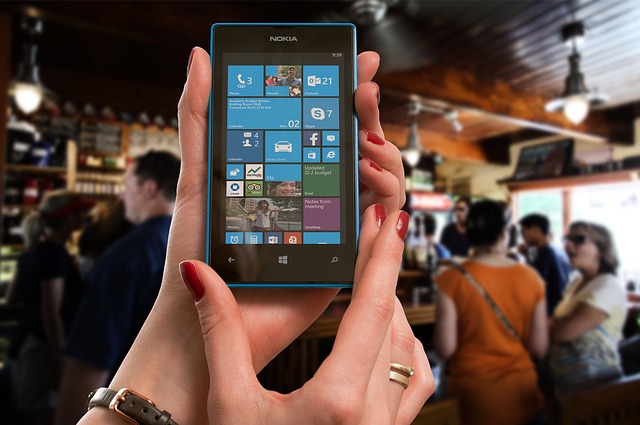Having been invented in 1973, mobile phones have come an awful long way since then, and the early versions of these devices would be unrecognisable to a generation raised on the sophistication of modern day Android and iPhone devices. However a lot of this evolutionary process took place during the last couple of decades and this article will show how mobile tech has developed during that period.
The mobiles of the mid-1990s still resembled the brick-like mobile phones that can be seen in retro television programmes, with the first serious size reduction coming in 1999. Nokia was the manufacturer that made this leap, with its 3210 model being far smaller than any that had come before and also improving the graphics, while offering a range of colours.
Improvements in the quality of image available continued to come over the next few years – first with the 3310 from Nokia in 2000 and then 2002’s Samsung SGH-T100 debuting the thin-film transistor active matrix LCD screen. Improvements in screen quality were something that happened quite rapidly during the early part of the 2000s, with touch screen technology making its first appearance in 2000 – albeit in a relatively primitive way compared to that of phones of 2016. However the size of the screens that were offered by mobiles of this period was a lot smaller than people would accept nowadays – and arguably it was the Nokia N95 in 2006 that was the first mobile to truly resemble modern day ones. It was a genuine smartphone with a display that took up most of the front of the phone and contained the likes of Bluetooth, Wi-Fi and a built-in camera.
This was a real game-changer, and most of the biggest innovations during this era came from Nokia. The Finnish manufacturer dominated to such a degree that it had 49.4 percent of the market at its 2007 peak. Unfortunately, this was as good as it got for the company, as it began its decline the next year – plummeting to 3 percent by 2013. The reason for this was simply that not just one, but two, rivals, appeared and left its Symbian operating system for dust. The first was the iPhone, which launched in 2007, and the second was Google’s Android – which came the following year. Apple’s iPhone brought further advancements such as voice control technology – that would become known as Siri – with the iPhone 3GS in 2009, while phones using the Android system also innovated in areas such as longer-lasting batteries and bigger screens – some close to 6 inches. Indeed, with the much larger screen displays, high pixel density and multi-function capability of modern mobiles, they are really more entertainment and gaming devices than mere communications ones these days. They are capable of handling everything from basic casino games at sites like MobileCasinoCanada.ca to ones with stunning high definition graphics, and more people use them for this than making calls now.
Our generation have witnessed an astonishing rate of progression when it comes to mobile technology and it is exciting to speculate about where this will take these devices in the future.

Leave a Reply